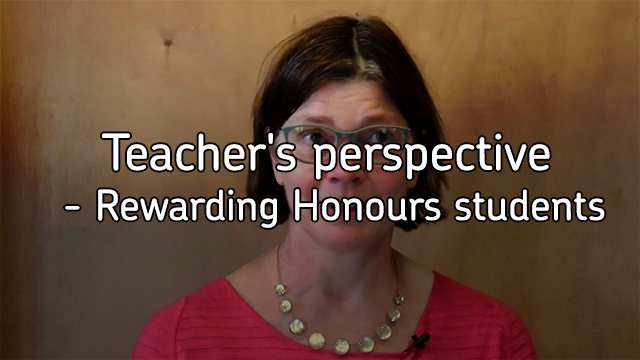How to stimulate active teaching and learning
Here, active learning methods are explained so that you can use them for your next class. The methods will encourage students to actively participate in class, helping them to achieve a deeper, long lasting learning experience.
You can enable subtitles by pressing the CC icon on the video
What is the difference between classes where everything is forgotten and the class where all key facts are remembered? It’s the way the brain was activated. This video will help teachers to revamp their lessons, helping students strengthen the understanding of the lessons subject core. The key to sustainable and good learning lays in cognitive activation, where learners are forced to think in-depth about specific concepts, analyze the components, discuss them in class and put them to use in real-world problems.
These three methods will help students to learn actively:
Flipped Classroom lets students study the content of the lessons individually beforehand, freeing time for discussions in the lecture.
Case-based-problem is a method where, through working on a task, students can apply their knowledge to a real-world problem in small groups.
Think – pair – share helps students formulate both solutions and arguments, by first letting each student think on their own, then discuss the task together with another student and then present their solutions in class, such that everyone benefits from the ideas of others. This can be used for unfolding complex problems, to uncover students’ knowledge about a certain topic or to recap key lessons.
Which of these techniques are you going to use in the class?
Questions for reflection
1. Which of these methods would be best suited for your current teaching situation?
2. How could active learning methods affect my students?
3. Would any of these methods pose problems when implemented? Could you overcome these challenges by adjusting the method?




